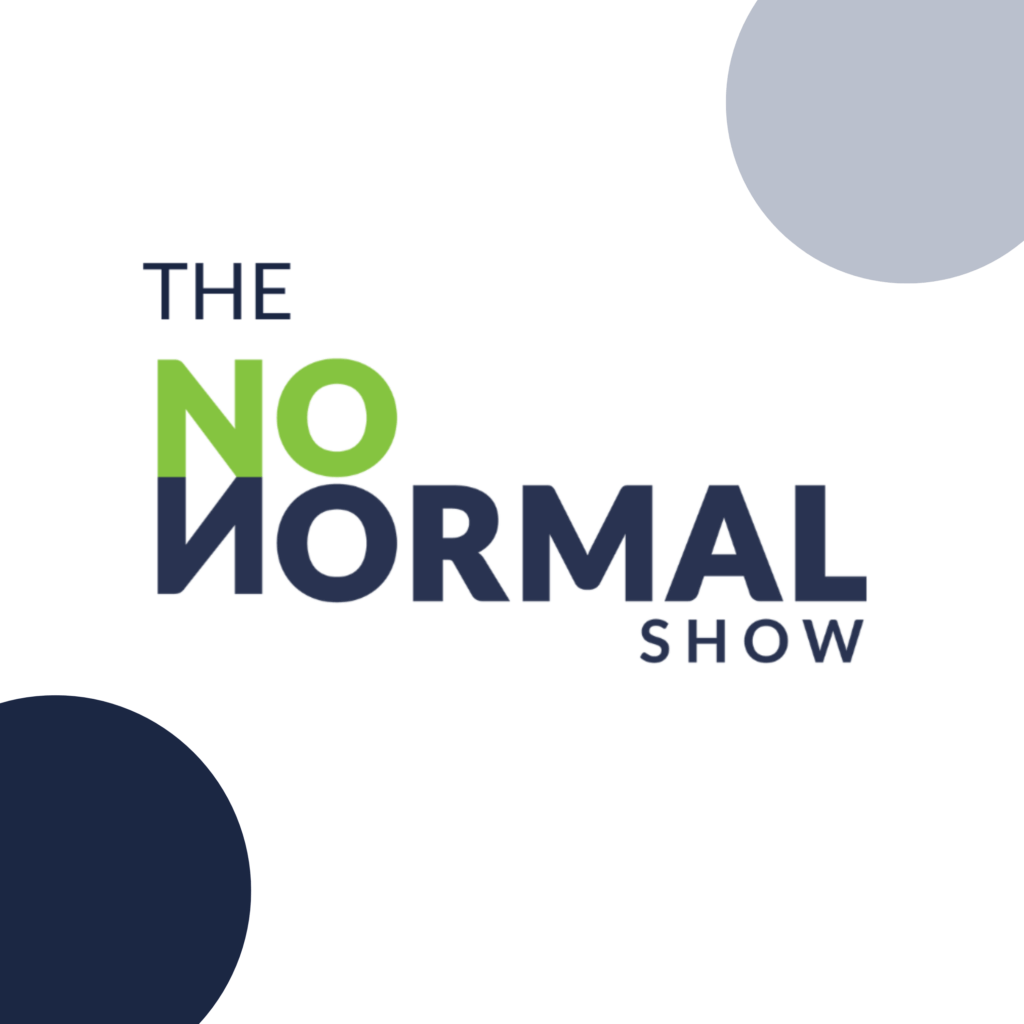Healthcare might be serious business—but who says it has to be boring? In this episode of The No Normal Show, Desirée Duncan and Chris Bevolo ask the question: if banks can sponsor Happy Gilmore 2, why can’t hospitals show up in pop culture too? The duo also explores their Emmy hot takes, Mattel’s diabetic Barbie and Mount Sinai’s game-changing caregiver clinic. It’s time to talk about the unexpected ways healthcare brands can and must integrate into culture. Tune in now.
Episode
254

Can Healthcare Take on Hollywood Too?
You’re Going to Hollywood: Why It’s Time to Think (and Market) Bigger
At first glance, the Emmys, Barbie dolls, and Happy Gilmore 2 might seem like unlikely talking points for a healthcare marketing podcast. But on this episode of The No Normal Show, we connect the dots between cultural relevance and healthcare brand strategy—and let’s just say, the opportunities are wide open. But even amid the hot takes, there’s a key thread: cultural relevance matters. Media that sparks conversation dominate not only the headlines and award shows, but the broader public consciousness as well. So where does healthcare fit in?
Healthcare’s Cultural Crossover Moments
Mount Sinai’s new caregiver clinic is a standout example of a health system recognizing the real, often invisible toll caregiving takes. By offering access to medical records, billing support, and mental health services, they’re providing care and making caregivers feel seen. That kind of empathy not only meets a need; it builds trust, brand loyalty, and cultural relevance.
Meanwhile, in a very different corner of culture, Mattel’s launch of a Barbie with type 1 diabetes is a bold move toward normalization and representation. But why stop at a CGM sensor? Imagine Barbie’s Dream Clinic featuring an Endocrinologist Barbie, co-created with a leading health system. Think pediatric health, preventative care, and chronic condition support—all woven into one powerful, playful platform. The co-branding potential is massive.
Toy brands aren’t the only ones leading the charge. U.S. Bank is embedding itself directly into Netflix’s upcoming Happy Gilmore 2. It’s smart, it’s timely, and it’s a case study in what it looks like to integrate into culture instead of marketing around it. Healthcare brands can and should be thinking the same way. But unlike banks, health systems walk a tighter line. Messaging must be intentional, relevant, and deeply authentic—or risk backlash.
Getting it Right vs. Getting it Wrong
Not all integrations hit the mark. Remember when Peloton’s bike literally killed Mr. Big in And Just Like That? The brand’s stock tanked. Compare that to Memorial Sloan Kettering’s graceful inclusion into one of the episodes’ storyline about cancer care—a rare but powerful example of healthcare showing up in culture the right way. There’s a lesson here: visibility matters, but context matters more.
Healthcare’s BIG, Big Ideas
Healthcare can be funny, bold, and memorable. Just ask HealthPartners, who once created a mascot campaign featuring a urine sample cup named, “Petey P. Cup”. It was weird, delightful, and wildly effective at grabbing attention. That’s the power of leaning into unexpected storytelling. Meanwhile, storytelling at scale—like Northwell Health’s documentary or the Robert Wood Johnson Foundation and BPD’s Who Cares and Everybody’s Work shows how healthcare can elevate real narratives in media. With the right strategy, your brand could create the next cultural wave.
Ready to go from background noise to front-page feature? Let’s brainstorm bold ways your brand can show up in culture.
Email us at nonormal@bpdhealthcare.com and let’s make something unforgettable.
Ready to ignite greatness?
Manage Consent
To provide the best experiences, we use technologies like cookies to store and/or access device information. Consenting to these technologies will allow us to process data such as browsing behavior or unique IDs on this site. Not consenting or withdrawing consent, may adversely affect certain features and functions.
Functional Always active
The technical storage or access is strictly necessary for the legitimate purpose of enabling the use of a specific service explicitly requested by the subscriber or user, or for the sole purpose of carrying out the transmission of a communication over an electronic communications network.
Preferences
The technical storage or access is necessary for the legitimate purpose of storing preferences that are not requested by the subscriber or user.
Statistics
The technical storage or access that is used exclusively for statistical purposes.
The technical storage or access that is used exclusively for anonymous statistical purposes. Without a subpoena, voluntary compliance on the part of your Internet Service Provider, or additional records from a third party, information stored or retrieved for this purpose alone cannot usually be used to identify you.
Marketing
The technical storage or access is required to create user profiles to send advertising, or to track the user on a website or across several websites for similar marketing purposes.